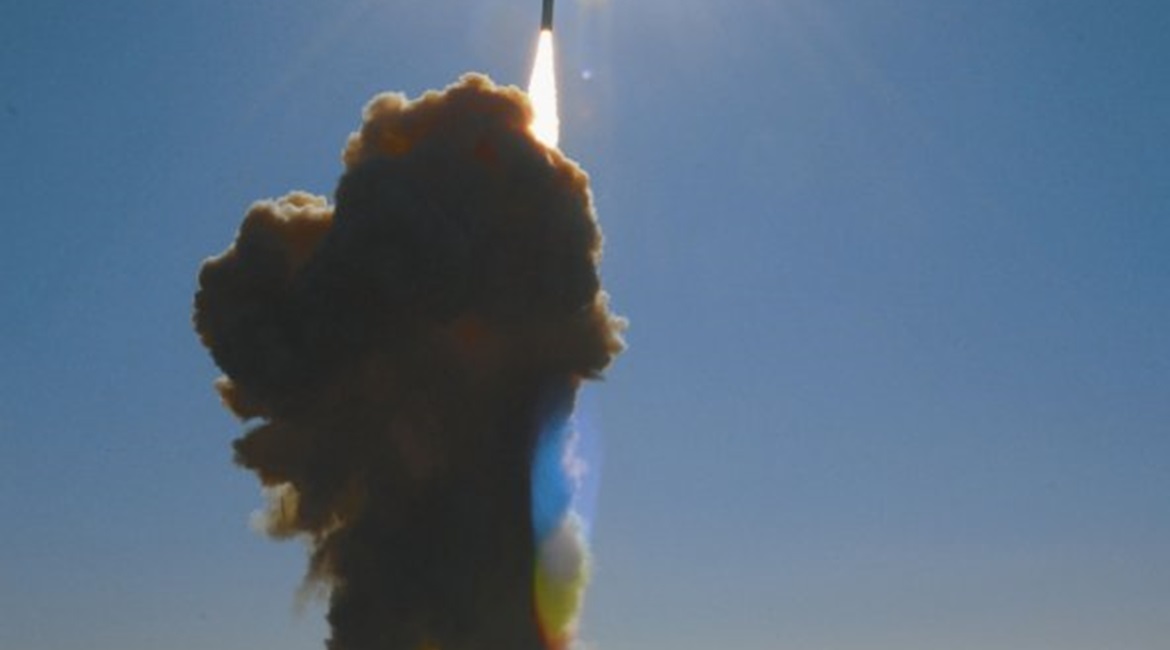
The Pentagon has officially begun a new programme to build a Next Generation Interceptor (NGI) to defend the United States against limited nuclear strikes.
On 24 April the Missile Defense Agency (MDA) issued a request for proposals (RFP) to build the NGIs and said it hopes to get industry responses by 31 July. However, it noted that this might change as the Department of Defense’s efforts to address the spread Covid-19 evolve. Two competitive development contracts could be awarded.

Improving the GMD system has been a top priority for MDA but the effort suffered a major setback after a new kill vehicle programme was terminated. (MDA)
MDA had spent about USD1.2 billion to develop a more reliable Redesigned Kill Vehicle (RKV) to replace the legacy Exoatmospheric Kill Vehicle on the US homeland defence interceptors, but revealed in March 2019 that the RKV would be delayed by two years because of a technical problem, which MDA has declined to reveal. Two months later the RKV was cancelled and the agency was instead directed to pursue an ‘all-up’ weapon that includes a new booster and new kill vehicle.
The Pentagon’s goal for RKV had been to field 20 additional interceptors – for a total of 64 – by 2023. There are now 40 interceptors at Fort Greely and four at Vandenberg Air Force Base in California. Plans to increase GMD’s capacity with more interceptors, all at Fort Greely in Alaska, were codified by Congress in 2017.
Looking to read the full article?
Gain unlimited access to Janes news and more...




